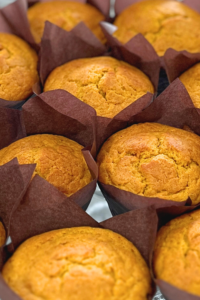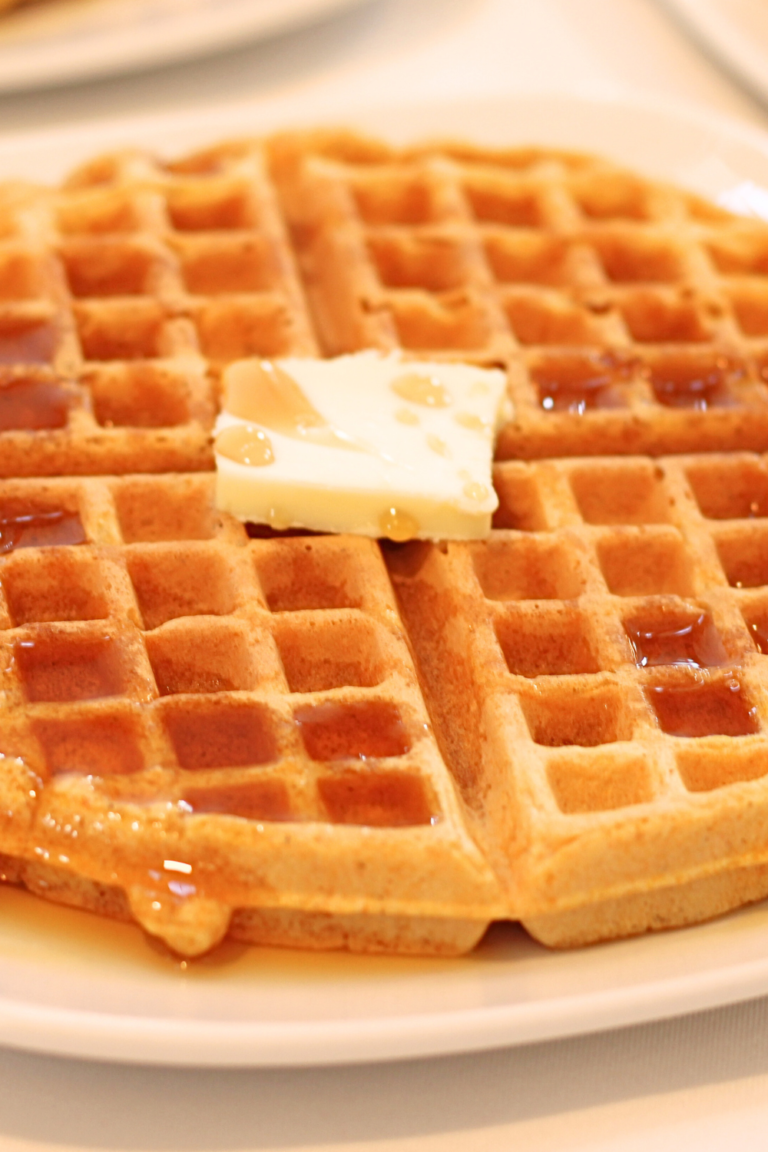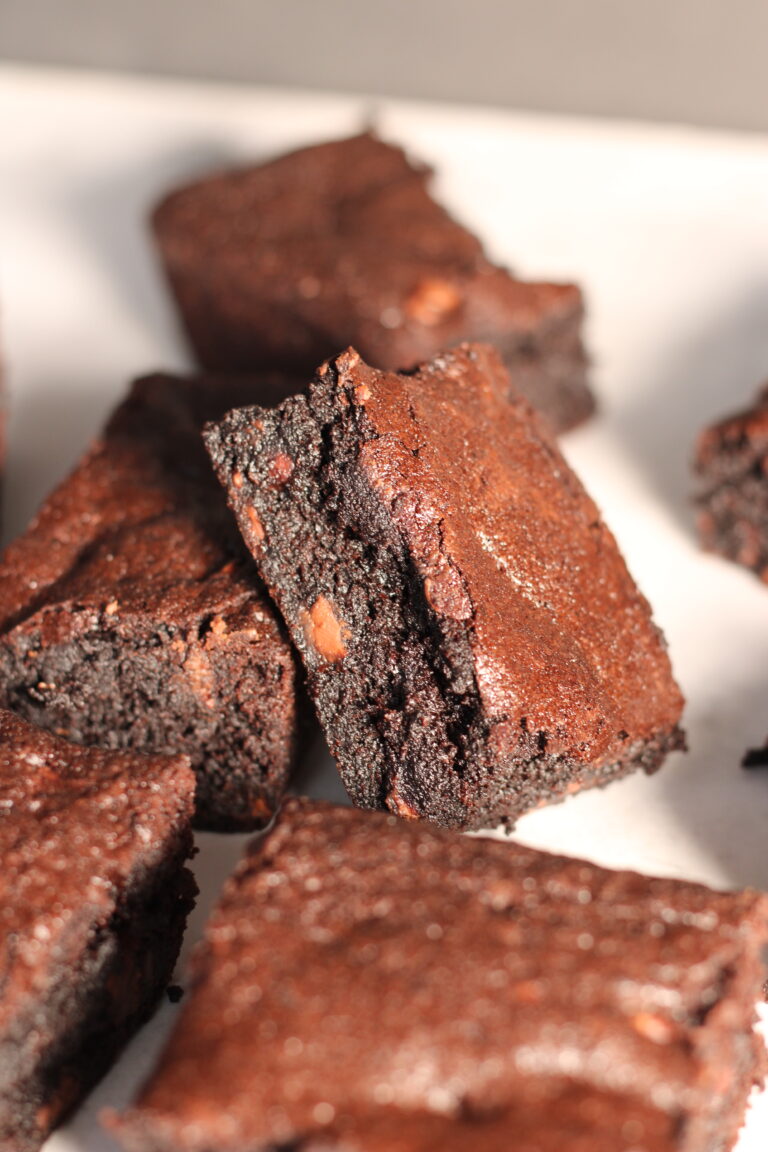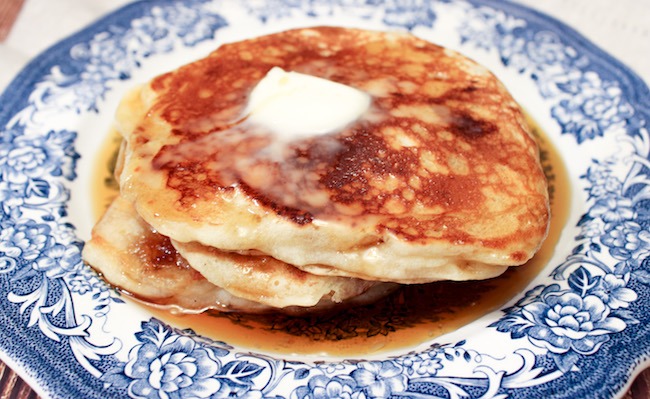Problem #1: I’m going through so much flour. Why do I have to discard so much sourdough starter in the first week?
As you’re building up your sourdough starter’s maturity in that first initial week, there aren’t enough bacteria present to get the benefits of slow fermentation. You’re only discarding the flour/water waste product before feeding.
After a few days, usually around day 5, the starter will start to double in size after each feed. That’s a good indicator that the bacterial colonies within the starter are beginning to thrive.
Problem #2: How long do I have to take my sourdough starter out of the fridge before I can use it?
Take your starter out of the fridge 8-12 hours before you want to use it.
After you take a starter out of refrigeration, you’ll want to feed it and allow enough time for the bacteria to pre-digest the gluten.
Problem #3: How long will my sourdough starter keep in the fridge before I have to feed it?
One to two weeks. Cold temperatures significantly slow down the fermentation process.
If you’re going away on vacation or have a busy week coming up, feed it and then immediately put it in the fridge. It’ll be just fine until you get back.
Problem #4: I don’t know how much flour and water to feed each time.
The rule of thumb is 1:1:1 ratio. Whatever amount of starter you have in the jar, that’s how much water and flour you will add to feed it.
For instance, if you have about 1 cup of starter in your container, you will add 1 cup of flour and 1 cup of filtered room temperature water to feed.
I will admit I never measure anything. Ever. Eyeball it and you’ll be totally fine. It’s nearly impossible to “kill” a starter that gets regular care.
Problem #5: I don’t know what kind of flour to use.
Whatever what you prefer to bake with. Whole wheat, all purpose, einkorn..it’s all good! I generally use organic unbleached all purpose flour for versatility.
Problem #6: Can I switch from one flour to another?
Absolutely! I’ve fed it whatever flour I had on hand and it took to it just fine. Freshly ground flour will likely require more water than store bought refined flour.
Problem #7: I forgot to feed my sourdough starter and now there’s a crust with black fuzz.
LOL been there. It’s fine. Scrape off the top crust layer with a spatula.
Transfer the rest of the perfectly good starter into a clean container, wash the old container and you’re good to go.
Just feed your starter twice 8 hours apart to jumpstart it back to life because it’s probably hungry.
Problem #8: My husband said my sourdough starter smells like dirty socks but I’m only a few days in. Is that normal or should I start over?
My husband said mine smelled like vomit. As the colonies begin to grow, it can get pretty pungent.
I stored my starter in the microwave until it got beyond the offensive stage because it’s airtight and temperature controlled for the most part.
Give it another few days and it’ll stabilize into the sourdough smell you’re used to. Your starter just needs to find it’s own unique balance based on your local water and flour choice.
After my sourdough starter is ready for use, do I still have to discard with every feed?
Not if you’re using it on a semi-regular basis. If you’re using your sourdough starter in recipes, you’re removing some starter before feeding it again.
The issue with not removing any sourdough starter prior to feedings is that healthy, active starters will nearly double in size after a feed.
Eventually, you’ll end up with a tremendous amount of starter and an overflowing kitchen mess if you don’t remove any to cook with or discard.
What can I make with the sourdough starter instead of throwing it away before feeds?
All of the things! The possibilities are literally endless here are some favorites to get you started:
Sourdough Apple German Pancakes (Dutch Babies)











